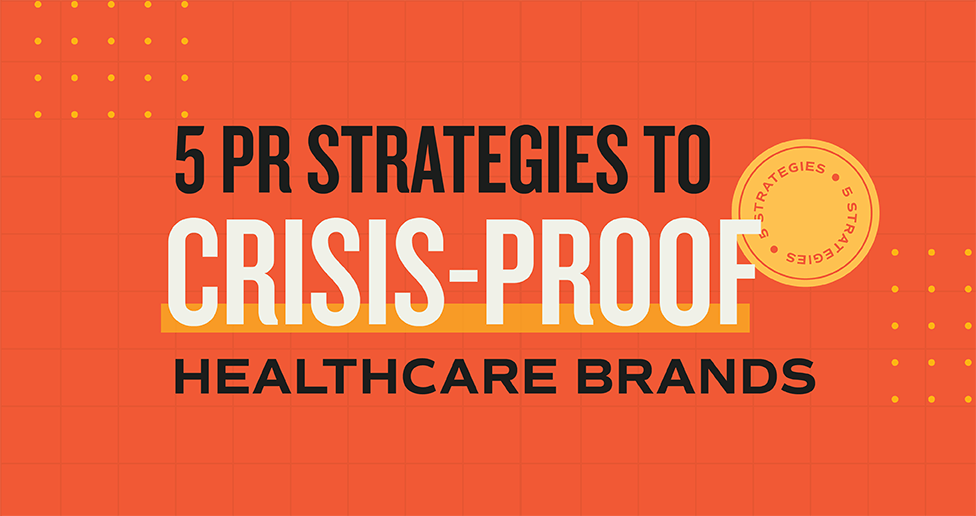
Driving service line volume is one of the more challenging aspects of healthcare marketing. You want to maximize your reach to potential patients with minimal budget waste, but where do you start?
Since 1 in every 20 Google searches is health related, it’s critical that healthcare organizations have a presence in search results. Ideally, your website will show up in three places in search engine results pages for local, healthcare-related queries: in the paid ads, the map pack, and organic listings. There are multiple ways to accomplish this, but one of the quickest ways to start driving quality website traffic —and in turn, patient volumes — is with paid search.
Back up, what is paid search?
Paid search allows advertisers to target specific keywords to show a website in the top 3-4 spaces in search engine result pages.
With paid search, you’re able to reach people who are raising their hand and actively seeking out information about specific service lines in your area.
So, why paid search?
I’ve dived into the benefits of paid search for healthcare organizations before. Ultimately, paid search campaigns are extremely targeted, quick to execute, flexible to optimize, cost effective, and measurable.
A paid search campaign allows you to reach a very specific audience with a fairly minimal budget, depending on your market and competition. Need to grow your patient volumes for primary care physicians? Have you been tasked with promoting your hospital’s new neurosurgery physician? No matter how general or niche the service line, paid search has your back.
How do I drive service line volume with paid search?
I’ve gathered some high-level tips for ensuring a paid search campaign’s success. I highly recommend working with a partner who specializes in running paid search campaigns in the healthcare industry to help you through this process. Keep in mind that not every campaign is the same, and there are many factors to consider when determining how paid search can help an organization reach its goals.
With that said, the first step is to determine the objective. How will you measure if your campaign is successful? Make sure that the goals you set for your campaign are specific and measurable. I’ve included a few examples of objectives we’ve helped our healthcare clients with in the past:
- Increase foot traffic to urgent care locations by 10% quarter over quarter.
- Increase phone calls to primary care offices from new patients 5% month over month.
- Increase online appointment requests by 10% quarter over quarter.
- By creating specific objectives that can be measured, you’ll ensure that your marketing dollars are being spent to the best of their ability.
Once a specific, measurable goal is established, I recommend performing keyword research. This helps determine how people are seeking healthcare needs in your area, identifies any gaps in content, establishes who you’ll be competing against, and helps you determine how much money to allocate to a paid search campaign.
After you’ve established the keywords you’d like to target and how much to spend targeting these keywords, it’s time to create your campaigns. Organizing your campaigns based on search intent is a great place to start. Make sure to review where you’ll be driving traffic to. Is the content on the landing page helpful? Does the content match the users’ search intent? Does the landing page make it easy to convert? Does the mobile experience have any frictions that prevent a user from converting?
Landing page optimizations are one of the largest opportunities we see for our healthcare paid search campaigns, especially for mobile devices.
Lastly, I highly recommend using campaign extensions to help drive conversions. Google Ads offers many different extension types, but I’ll included details for the extensions I’ve seen work best in the healthcare industry.
- Location Extensions
Location extensions ultimately encourage people to visit your physical location. Your ads will pull in Google My Business information like your address, phone number, photos, and reviews. This also allows an ad to appear in the Google map pack in search engine results pages. Google Ads also allows you to add multiple locations and will automatically show users the location closest to them.

- Call Extensions
Call extensions allow you to add phone numbers to your ads. Users can call your office directly from search engine result pages, without ever going to your website. If your web experience is less than ideal, call extensions and location extensions are a good way to increase conversions without driving traffic to your website.

- Sitelink Extensions
Sitelink Extensions encourage users to dive deeper into your website, often to content that’s deeper in the funnel.

If you’re looking to drive service line volumes but aren’t sure where to start, paid search could be a great channel to consider. Additionally, I recommend taking a look at organic search opportunities to maximize your organization’s search presence. Contact us for more information.
Subscribe to our newsletter
Get our insights and perspectives delivered to your inbox.


